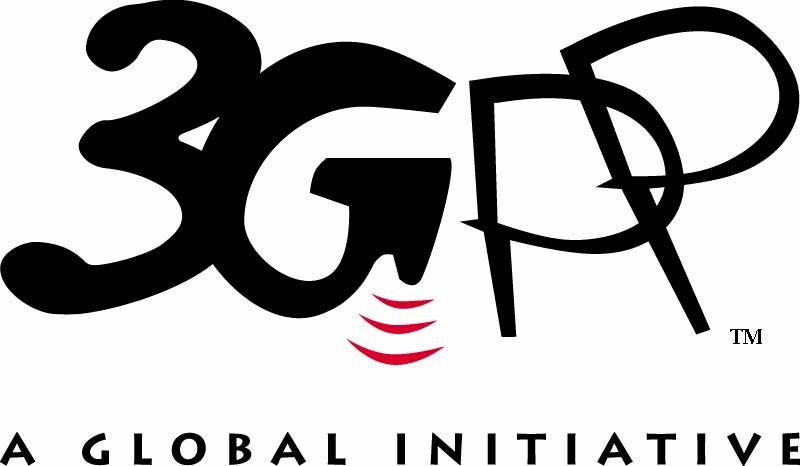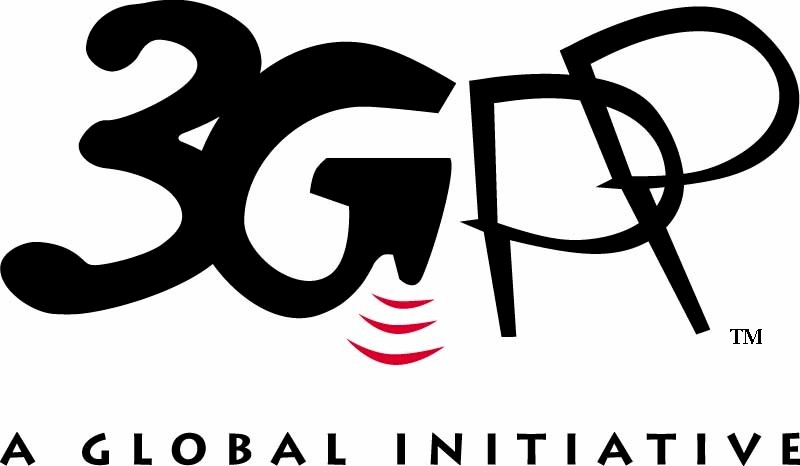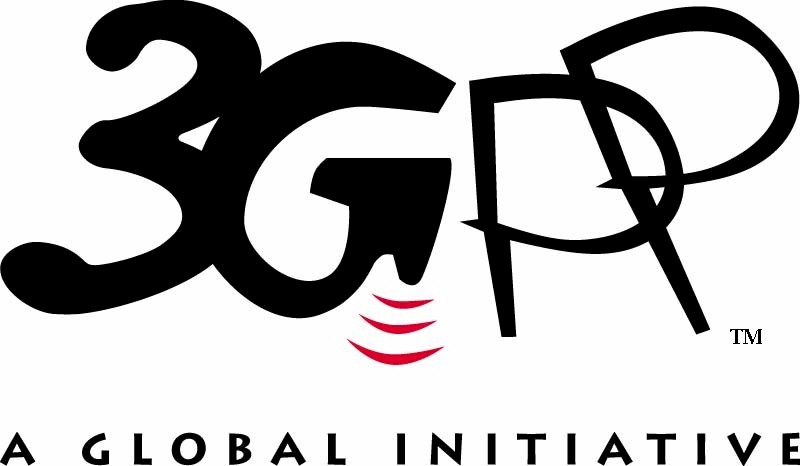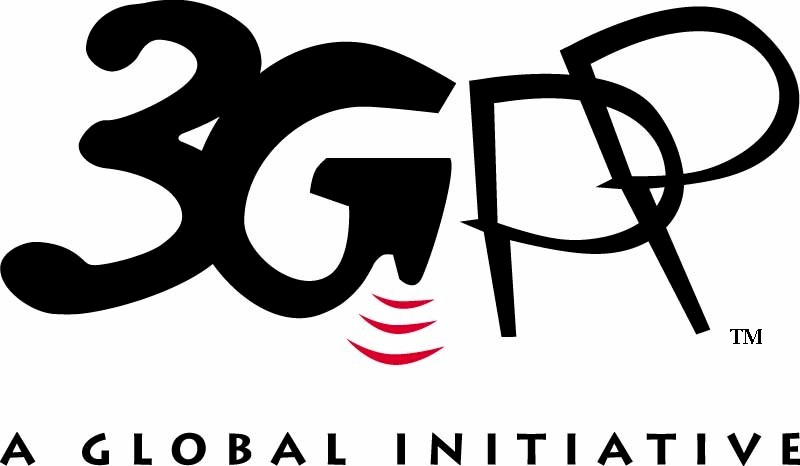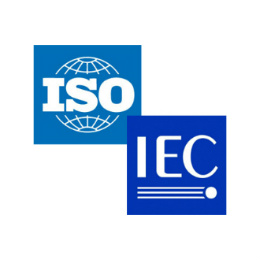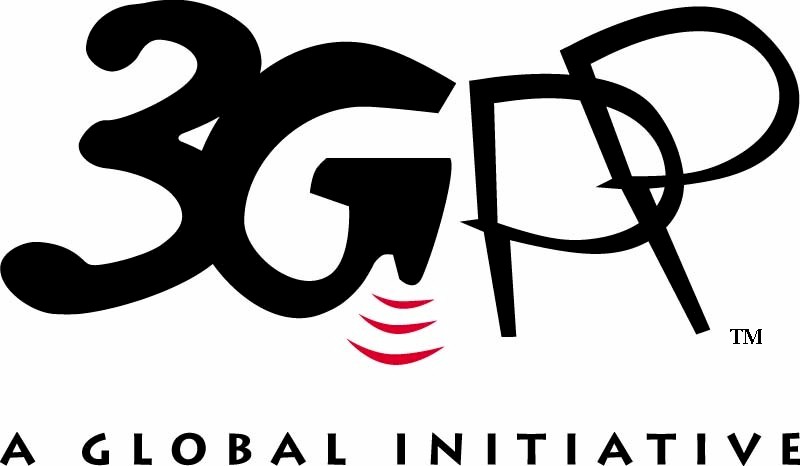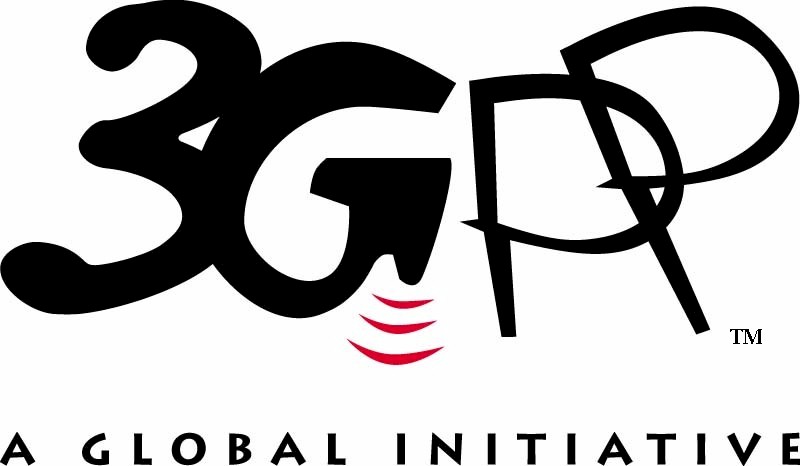CMED Feature/Study Item: 3GPP SA1 for Release 17
3GPP SA1 has completed a study (FS_CMED) on the potential requirements and use cases involving usage of 3GPP interoperable communication technologies between medical devices and critical medical applications (TR 22.826).
This work item focuses on normative requirements to enable a 3GPP system to adequately provide the connectivity between medical devices and critical medical applications. This work draws on the potential requirements identified in TR 22.826.
Specifically, requirements relating to the following will be documented:
- 5G system performances (KPIs) required to enable use cases involving high quality and augmented imaging systems in hybrid ORs.
- 5G system performances (KPIs) required to enable use cases with tele-diagnosis.
- 5G system performances (KPIs) required to enable use cases with tele or robotic-aided operations.
- Security management in 5G systems for the sharing of medical data between care providers or with patients while still fulfilling national regulatory requirements.
The rapporteur of this work item is b>com, a French ICT institute. Supporting individual members from verticals include the European Broadcasting Union (EBU), BBC, Siemens, Philips and Sennheiser electronic GmbH, along with global vendors and operators.
Latest update: June 2019 (SP-190316; Unique Identifier: 840033). All active (not completed) items under the sole responsibility of this working group are available here.
